What is a tandem lift?
A tandem lift gives you a much higher lifting capacity than a single crane. If done right, tandem lifts offer greater stability than a single crane that might be struggling at the edges of its safety rating.
Common reasons for using a tandem crane lift include:
- Structural Beams — Bridges and premade support structures, which are both awkward and heavy.
- Ships — It is safer to have two cranes — set far below their safety ratings — when it comes to lifting a ship. Ships will often have ballast and fuel that can cause their weight to shift a great deal during a lift.
- Critical Lifting — Many factors can put a crane over its lifting limit. Sharing the weight with another crane lowers the dangers that come with bad weather, unstable ground, or awkward loads.
- Positioning — You may want to use a large single crane, but the ground is too small or unstable to support it. Two smaller cranes can sit apart and spread the weight.
Types of Tandem Lifting
You want to consider the best ways of using your two cranes, depending on the situation and the load. The two main methods of lifting in tandem are equalised and unequalised:
Equalised Tandem Lift
This method employs the use of an equaliser beam with a central load link and pin. This requires a special beam, with crane hooks at either end.
Crane hooks from each of the cranes would lift one end of the beam. The load would then hang from the centre of the beam — distributing half the weight between each crane.
Unequalised Tandem Lift
This is a common way for two cranes to lift boats and ships in and out of the water. Each crane would have an independent lifting point on the load. The beams and hoists are separate for each crane.
The weight distribution is uneven — this is where planning and expertise play a major role. Newer cranes may also be able to communicate with each other; to help keep the load stable, level, and safe.
Safety
As with all lifting scenarios, safety is the single biggest concern for the operators and those nearby. The added challenge of coordinating a tandem lift means that you need to use the best equipment and the best staff available. You also want to make sure that preparation and planning are as close to perfect as possible.
Equipment
Each crane’s lifting capacity goes through a downgrading — to 75% of their limit — if they are to work on a tandem lift. It is also a good idea to use cranes of the same brand and model, if possible, as this helps to make a tandem lift safer.
Having two cranes the same means that they both move and lift at the same rate. You also have fewer details to worry about, such as monitoring the quirks of different brands. Everything for each crane should have a twin, with hoists, harnesses, and beams being of the same weight and rating.
Planning
Good planning is crucial when you want to have two cranes working well together. The appointed person should be with the lifting project from beginning to end. The Appointed person can also be the supervisor or crane operator, but with a higher level of qualification.
The appointed person will inspect the site in advance and learn the load’s details — including where the load will go. The plan tackles various points, including backup cranes, crane placements, and choosing the cranes’ team.
Obstructions may need moving, and warning notices to residents or businesses may need issuing. Local authorities need contacting to gain the appropriate permissions. Operators may also need to take extra caution when lifting around endangered wildlife.
Experience
The appointed person is the most knowledgeable on the site, but they need the help of an excellent team. To work on a tandem lift, crane drivers need up to date CPCS qualifications and a mountain of experience. The slingers and signallers also need to have the appropriate training.
The team chosen by the Appointed person will have experience working with each other on other tandem lifts. The team will also understand the plan and how the cranes should react as they perform the lift.
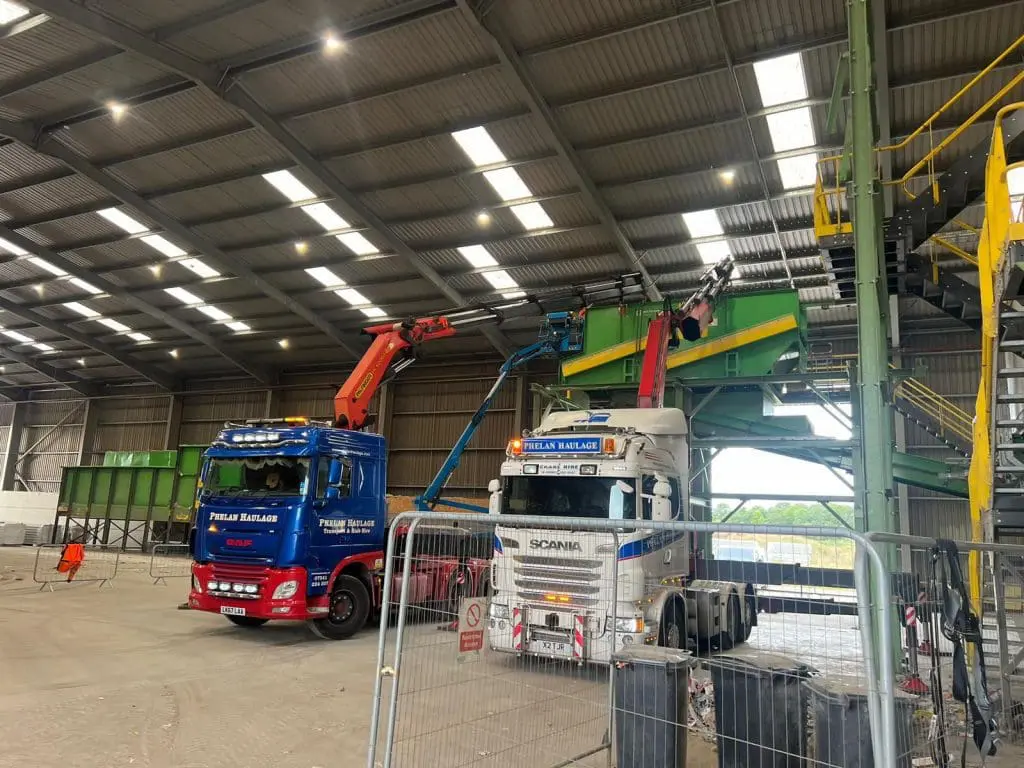
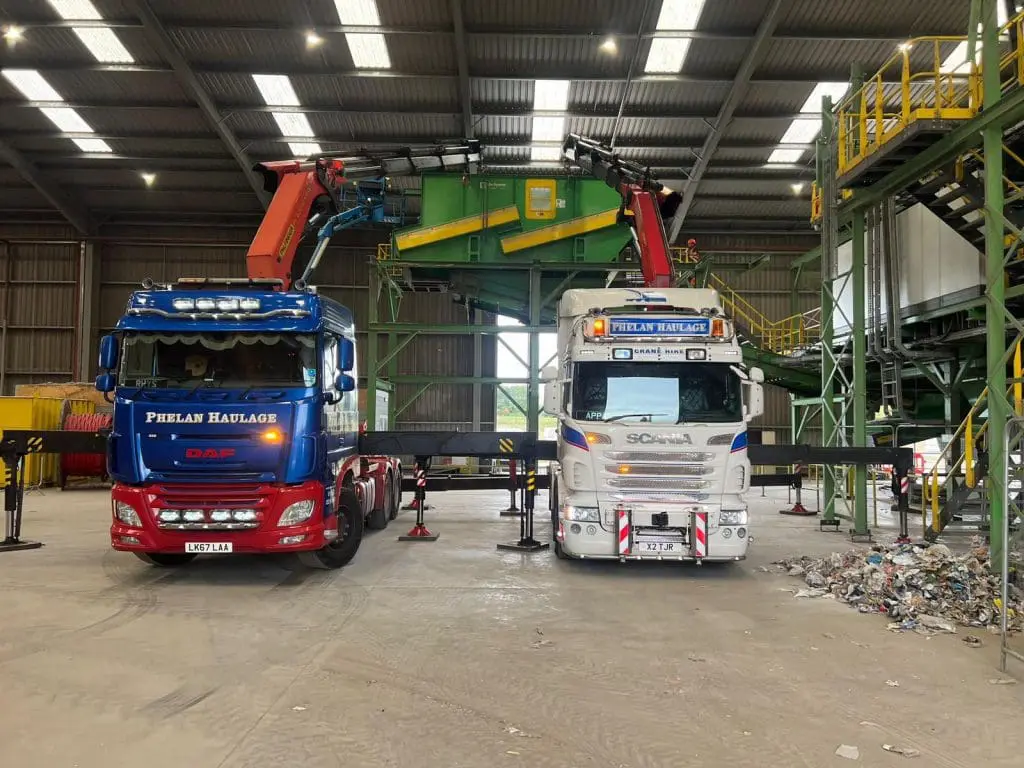
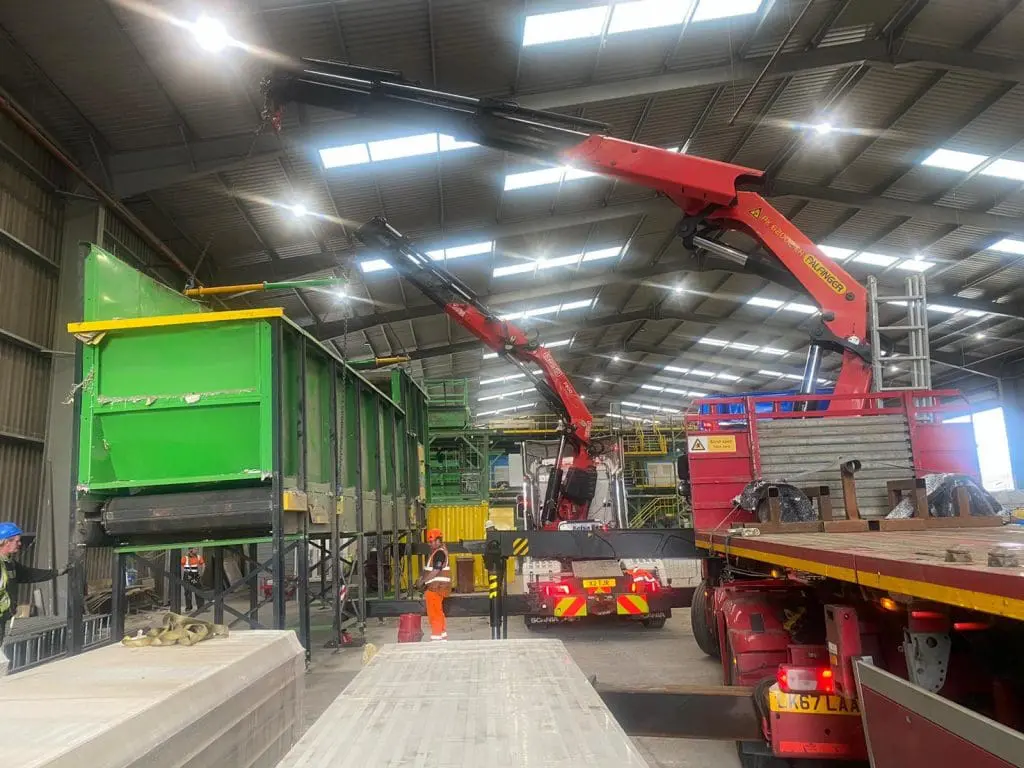

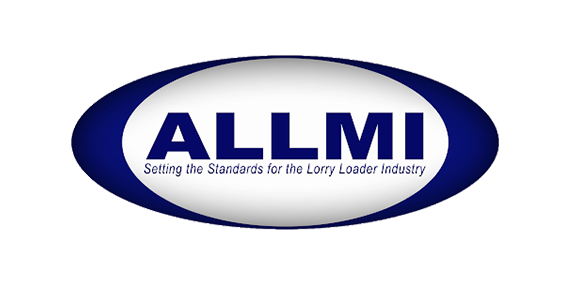





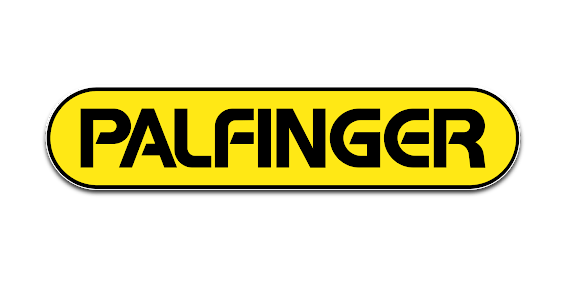


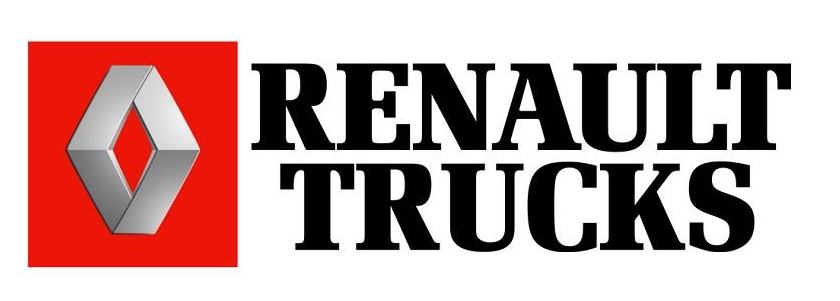

2 Comments